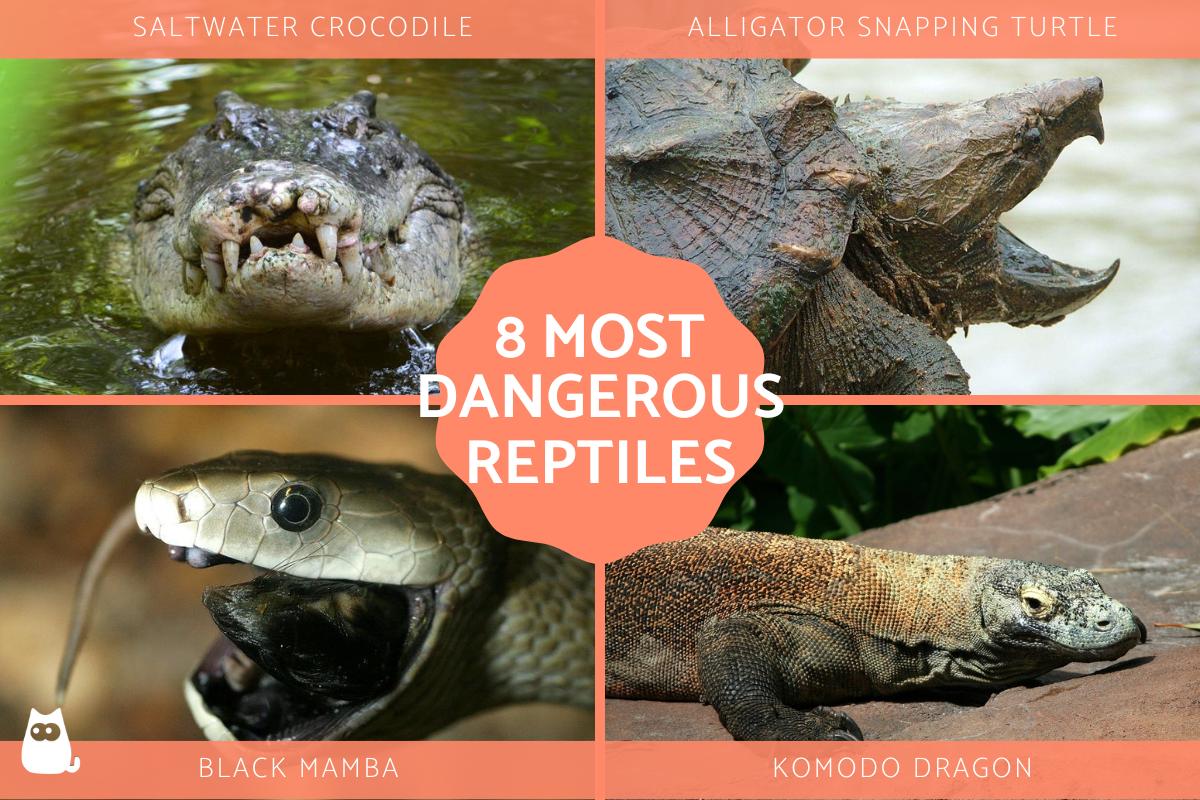The article compares and contrasts the physical characteristics, habitat, diet, and behavior of the Komodo dragon and crocodile to determine which reptile is the most ferocious. Both are apex predators with sharp teeth and powerful jaws, but the crocodile’s size and range of habitats give it an edge over the Komodo dragon. Both are able to take down large prey, but the Komodo dragon’s ability to do so on its own suggests a higher level of ferocity. In conclusion, both reptiles are dangerous predators, but the Komodo dragon is considered the most ferocious due to its ability to take down large prey on its own.
Komodo Dragon vs. Crocodile: Which Reptile is the Most Ferocious?
Introduction
When it comes to ferocious reptiles, the Komodo dragon and crocodile are often mentioned as the top contenders. Both have a reputation as fierce predators, capable of taking down large prey. In this article, we will compare and contrast the physical characteristics, habitat, diet, and behavior of these two reptiles to determine which one is the most ferocious.
Physical Characteristics
The Komodo dragon is the world’s largest lizard, growing up to 10 feet in length and weighing up to 200 pounds. They have sharp, serrated teeth and powerful jaws, which they use to bite and tear apart their prey. Komodo dragons have long claws and a muscular tail that they use for balance.
The crocodile, on the other hand, is a semi-aquatic reptile that can grow up to 20 feet in length and can weigh up to 1,000 pounds. They have a long, powerful tail that they use for swimming and can move quickly on land. Crocodiles have a hard, scaly hide that provides protection from predators, and their jaws are lined with sharp teeth that can crush the bones of their prey.
In terms of physical characteristics, both the Komodo dragon and crocodile are formidable predators, but the crocodile’s size and strength give it an edge over the Komodo dragon.
Habitat
Komodo dragons are found primarily on the Indonesian islands of Komodo, Rinca, Flores, Gili Motang, and Padar. They prefer hot, dry habitats such as savannas and forests.
Crocodiles, on the other hand, are found in a variety of habitats, including rivers, lakes, swamps, and estuaries. They can be found in warm climates throughout the world, including Africa, Asia, Australia, and the Americas.
While both reptiles are found in similar climates, the crocodile’s ability to adapt to a wider range of habitats gives it an advantage over the Komodo dragon.
Diet
Komodo dragons are apex predators, meaning they are at the top of the food chain in their ecosystem. They are carnivorous, and their diet consists primarily of deer, pigs, and other large animals. They have been known to attack and eat humans in rare cases.
Crocodiles are also apex predators, and their diet consists of a variety of prey including fish, birds, and mammals. They have been known to attack and eat humans, particularly in areas where human populations are in close proximity to crocodile habitats.
Both reptiles are capable of taking down large prey and are considered dangerous predators. However, the Komodo dragon’s ability to take down large animals on its own, including prey that is larger than itself, gives it a slight edge over the crocodile in terms of ferocity.
Behavior
Komodo dragons are solitary animals, and they are known to be aggressive and territorial. They are ambush predators, meaning they lie in wait for their prey and attack when the opportunity presents itself.
Crocodiles are also solitary animals, and they are known for their aggressive behavior. They are ambush predators as well, lurking in the water for unsuspecting prey to come close enough for an attack.
In terms of behavior, both reptiles are territorial and have aggressive tendencies, making them formidable predators. However, the Komodo dragon’s ability to take down large prey on its own suggests a higher level of ferocity.
Conclusion
After comparing and contrasting the physical characteristics, habitat, diet, and behavior of the Komodo dragon and crocodile, it is clear that both reptiles are dangerous predators. However, the Komodo dragon’s ability to take down large prey on its own, including prey that is larger than itself, suggests a higher level of ferocity than the crocodile.
